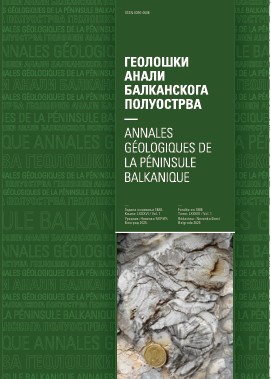Hydrogeological and hydrodynamic characteristics of groundwater sources for the public water supply of Bečej (Northern Serbia)
Abstract
The existing groundwater source for the public water supply of Bečej City in Serbia is tapping groundwater from three water-bearing horizons over 15 wells with a summary capacity over 100 l/s. It is one of the characteristics of sources that several water-bearing layers are most frequently tapped simultaneously by wells. Two layers are tapped simultaneously by 12 wells; all three layers are tapped by ten wells, while one water-bearing layer is tapped by only three wells. The groundwater table at the source was recorded for a period of 30 years. In the conducted hydrodynamic analysis of the groundwater regime, it was concluded that in the mentioned period, a relatively low fall of the water table occurred, far lower than the previously predicted values. The results of a simulation of the exploitation regime of both the town and surrounding sources are presented in this paper for a period of more than two and a half years and the results of the identification of the basic hydrogeological parameters of the tapped water-bearing layers are presented in this paper. In addition, a balance for each element in the water-bearing layers exploited as sources of tapped water for the town are presented.
Copyright (c) 2011 Geološki anali Balkanskoga poluostrva

This work is licensed under a Creative Commons Attribution 4.0 International License.










